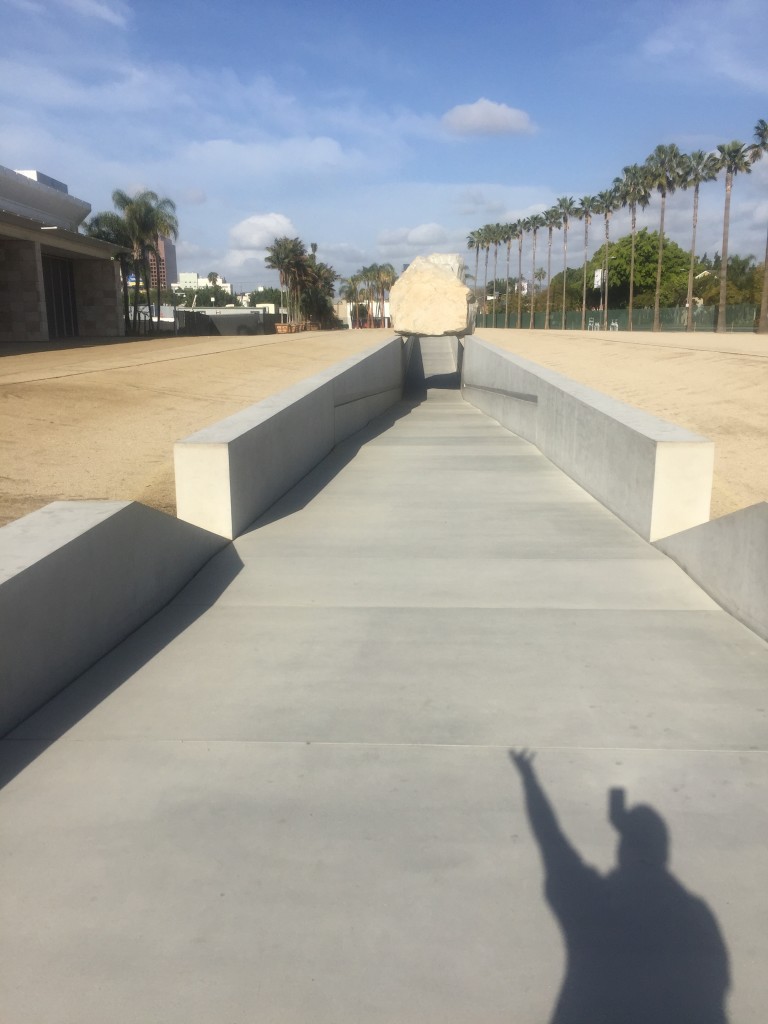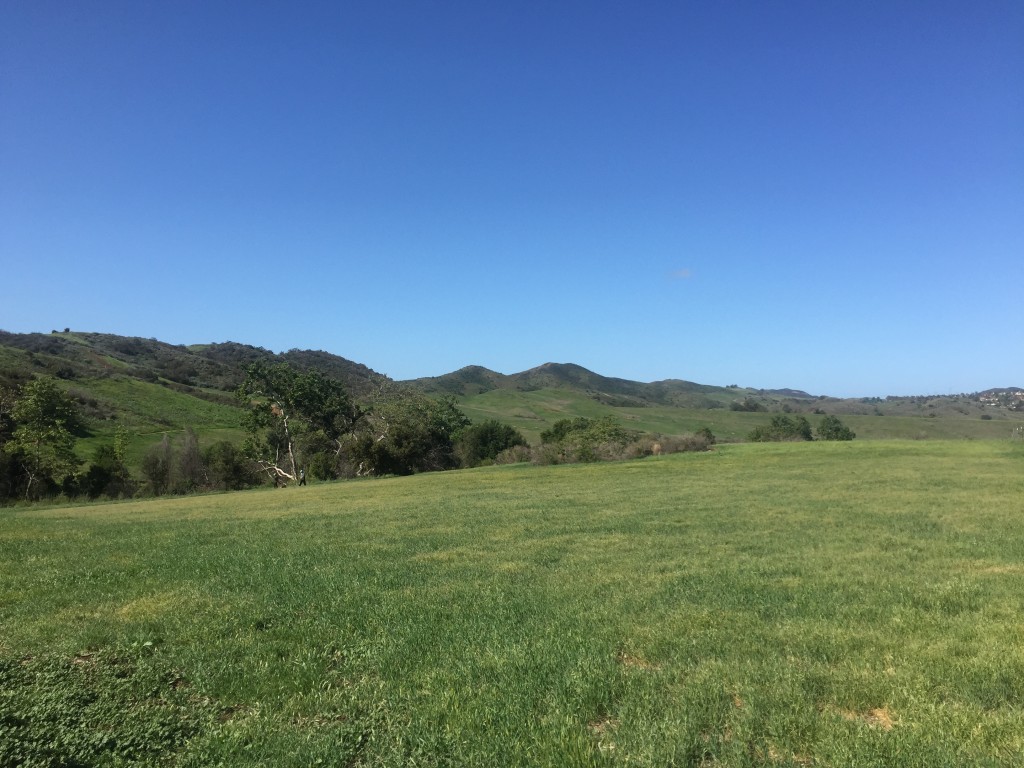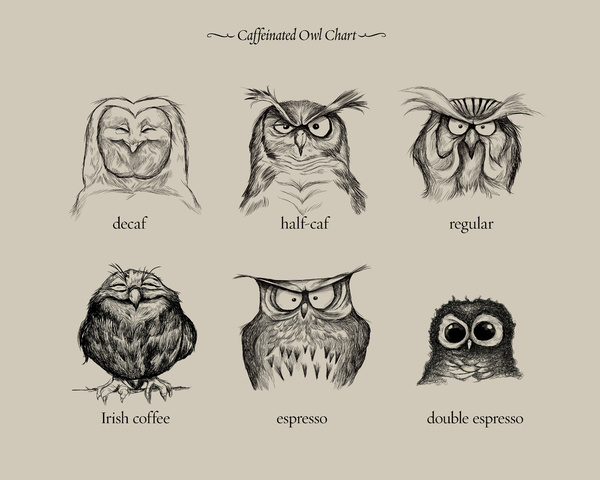“Everyone you will ever meet knows something you don’t.”
ISO 9001 and Knowledge Management

A question at work reminded me of some research I had done recently about the new organizational knowledge clause in the latest revision of ISO 9001. It had nothing to do with fish mind you, it’s just not that easy to find a related visual.
I stumbled upon this article from Quality Digest mentioning the change in the context of a strategic KM program:
Now, ISO 9001:2015 has a new clause, 7.1.6, on organizational knowledge and its management. This clause has no equivalent in ISO 9001:2008. In fact, it seems to be the only clause that is completely new. The other clauses seem to have some equivalent in the earlier version, in letter or in spirit.
The author goes on to differentiate between a strategy and technology-only approach to KM; I quote the strategy definition here:
Look at one definition of knowledge management: KM is an enabler to achieve an organization’s objectives better and faster through an integrated set of initiatives, systems and behavioral interventions, aimed at promoting smooth flow and sharing of knowledge relevant to the organization, and the elimination of reinvention. KM seeks to facilitate the flow of knowledge from where it resides, to where it is required (that is, where it can be applied or used), to achieve the organization’s objectives.
The article continues with an outline of a strategic approach that is worth a closer look. Now I’ll have something to read over sushi tomorrow.
(Source)
Computer-Assisted Serendipity
While I think we naturally conclude the explosion of information in the medical research world is a good thing, there are of course challenges. The problem is compounded when you consider the information both inside and outside an organization.
It’s always exciting to see advances involving things like big data and semantic web applied to medical research. Supplementing or enhancing the human researcher, not replacing them, simply described as “computer-assisted serendipity” in this interesting article describing work at Oak Ridge National Laboratory focused on literature-based discovery, is worth a look.
A side effect of this information explosion, however, is the fragmentation of knowledge. With thousands of new articles being published by medical journals every day, developments that could inform and add context to medicine’s global body of knowledge often go unnoticed.
Uncovering these overlooked gaps is the primary objective of literature-based discovery, a practice that seeks to connect existing knowledge. The advent of online databases and advanced search techniques has aided this pursuit, but existing methods still lean heavily on researchers’ intuition and chance discovery. Better tools could help uncover previously unrecognized relationships, such as the link between a gene and a disease, a drug and a side effect, or an individual’s environment and risk of developing cancer.
(Source)
Caffeinated Owls
Source: Caffeinated Owl Chart by Dave Mottram. Prints available here.
Nick Offerman’s ‘Yule Log’
This should adorn every living room television this holiday season.
The Cynefin Framework (and children’s parties)
I had the good fortune of attending Dave Snowden‘s workshop at the KMWorld conference in Washington D.C. last week. As I feared (or suppose hoped), this has ballooned my reading list.
This video above is a brief introduction to one of his central ideas, the Cynefin Framework, detailed in the HBR article A Leader’s Framework for Decision Making.
One of the more memorable items from his talk was about how to organize a children’s party (within the context of complexity). Anyone who’s been a parent and/or worked in a large corporation will find it amusing and insightful. I was happy to see it captured in this video below:
Mining Twitter Hashtags for Bad Drug Interactions
Over the years, its not been uncommon to get asked what value I see in Twitter. While my typical answer revolves around the value I get from it personally (keeping up, observing trends, sharing items of value, healthy stimulation from the seemly random sharing from others), this article, “New Role for Twitter: Early Warning System for Bad Drug Interactions” from the University of Vermont, provides an example of something pretty compelling from the academic realm.
And the research team also aims to help overcome a long-standing problem in medical research: published studies are too often not linked to new scientific findings, because digital libraries “suffer infrequent tagging,” the scientists write, and updating keywords and metadata associated with studies is a laborious manual task, often delayed or incomplete.
“Mining Twitter hashtags can give us a link between emerging scientific evidence and PubMed,” the massive database run by the U.S. National Library of Medicine, Hamed said. Using their new algorithm, the Vermont team has created a website that will allow an investigator to explore the connections between search terms (say “albuterol”), existing scientific studies indexed in PubMed — and Twitter hashtags associated with the terms and studies.
Correlating the use of hashtags to potential real world events, in this case drug interactions, can create a potential early warning system that can feed other more traditional practices. This brings to mind related things like Google’s monitoring of flue trends, where public health institutions can also benefit–not just paid advertisers.
I suppose a better answer to the value question should include the exciting thought of what innovation is to come.
(Source)



